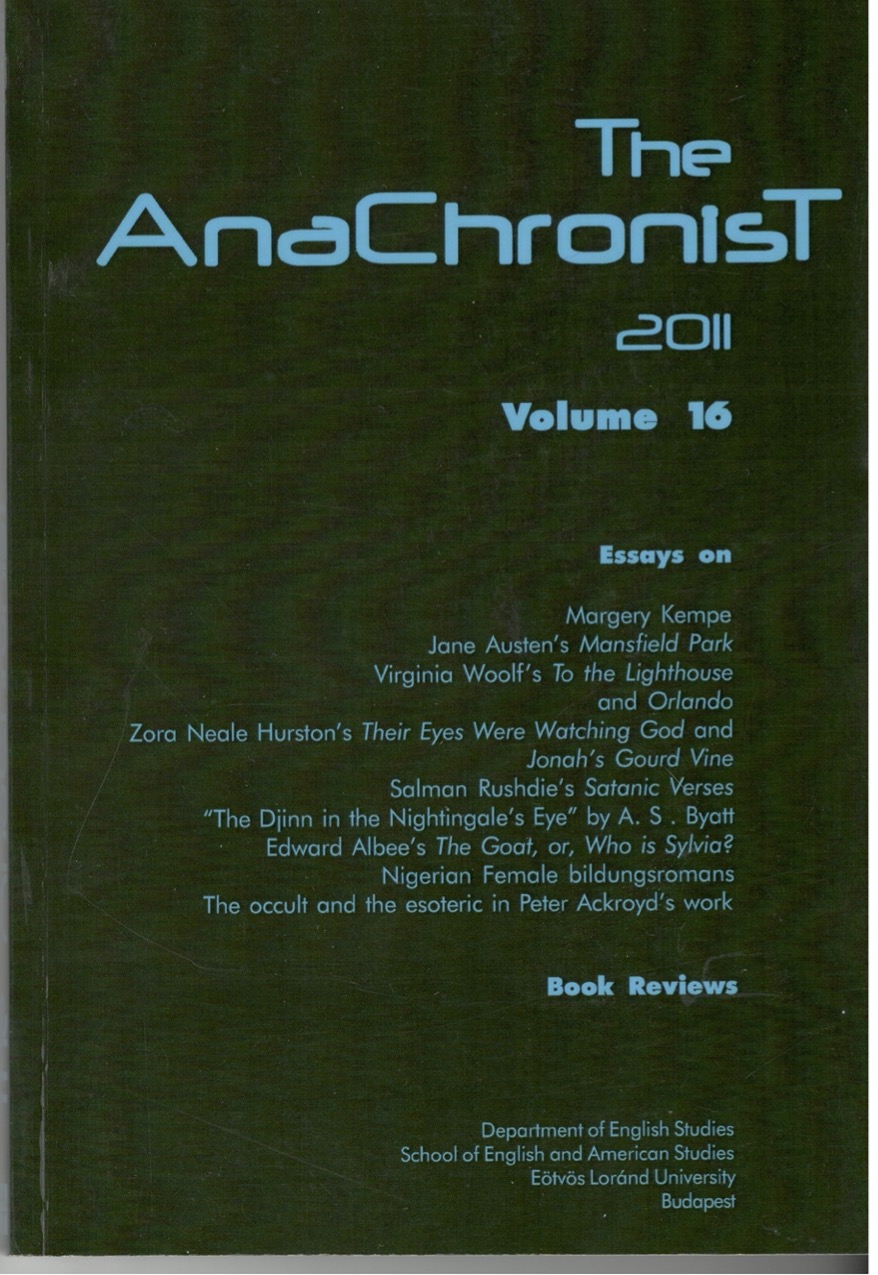Locating Margery Kempe
An Examination of the Meaning of Space and Sexuality in The Book of Margery Kempe
DOI:
https://doi.org/10.53720/XJKQ7332Abstract
This article examines the use of space and the experience of sexuality in The Book of Margery Kempe. Initially looking at the “traditional” uses of space and the gendering of location and occupation, the article then looks in depth at how Kempe operates her piety spatially. In medieval cultural femininity is associated with the untrustworthy body and so the female must be confined to the safe inner space while the masculine body is free to exist in the outer world. Margery Kempe resists this categorisation despite the abuse she receives from her community in Lynn and from other on pilgrimage. The article argues that the strong reaction received by Kempe to her voice and physical presence in the world is primarily a reflection of the attitude of the church and lay community towards gender and female sexuality. The article also discusses the apparent sexual nature of Kempe’s experiences and how the sexualisation of Kempe may reflect the space she chooses to occupy. The article argues that as a married woman who chooses to exercise her piety in a public sphere, Kempe comes up against challenges and has experiences which are largely unmatched in the lives of nuns or anchoresses who may be able physically to avoid worldly corruption after their enclosure.

